MS-ESS1-2
Develop and use a model to describe the role of gravity in the motions within galaxies and the solar system.
-
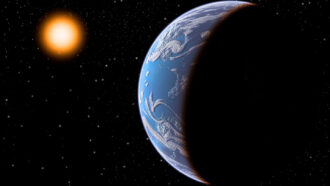 Planets
PlanetsScientists Say: Habitable Zone
The habitable zone is the region around a star where temperatures could be right for worlds to host liquid water.
-
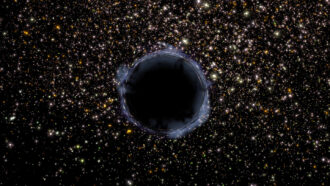 Space
SpaceA massive rogue roaming our galaxy may be a black hole
Alternatively, this unseen wanderer might be a hefty neutron star. Whatever it is, its gravity caused starlight to be warped — and that gave it away.
-
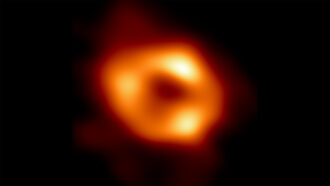 Space
SpaceWe finally have an image of the black hole at the heart of our galaxy
New observations from the Event Horizon Telescope reveal the chaotic region around the Milky Way’s central black hole, Sagittarius A*, in extreme detail.
By Liz Kruesi and Emily Conover -
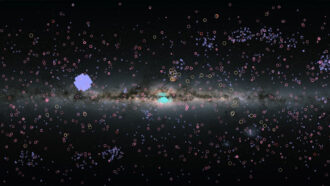 Planets
PlanetsAnalyze This: Some 5,000 planets orbit stars other than our sun
A new cache of confirmed exoplanet discoveries marks a milestone in planets found beyond our solar system.
-
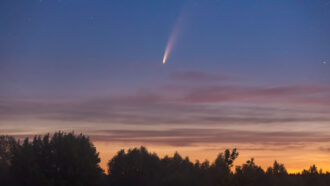 Space
SpaceExplainer: All about orbits
A handful of rules can describe the route some object repeatedly takes around another in space. Calculating that path, however, can be quite complex.
By Trisha Muro -
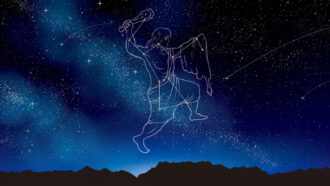 Space
SpaceScientists Say: Constellation
Constellations are clusters of related things, especially the stars that form patterns in the night sky — some of which date back to ancient times.
-
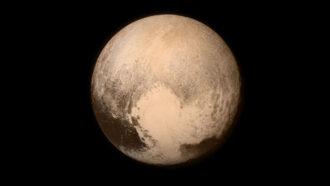 Planets
PlanetsLet’s learn about Pluto
Once known as a pipsqueak planet, Pluto is now the solar system’s best known dwarf planet.
-
 Physics
PhysicsScientists Say: Doppler effect
The Doppler effect is a perceived change in the frequency of light or sound waves due to the wave source moving relative to an observer.
-
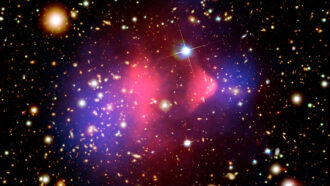 Physics
PhysicsScientists Say: Dark Energy
Dark energy is the unknown force causing the universe to expand faster and faster.
-
 Physics
PhysicsExplainer: Gravity and microgravity
The force of gravity holds us on the ground, keeps planets in orbit and extends throughout space. A very weak gravitational pull is called microgravity.
By Trisha Muro and Bethany Brookshire -
 Space
SpaceExplainer: Telescopes see light — and sometimes ancient history
Different kinds of telescopes on Earth and in space help us to see all wavelengths of light. Some can even peer billions of years back in time.
By Trisha Muro -
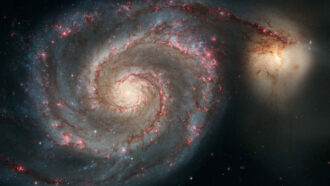 Space
SpaceAstronomers may have found first known planet in another galaxy
The spiral-shaped Whirlpool galaxy may be home to the first planet spotted outside our own Milky Way galaxy.